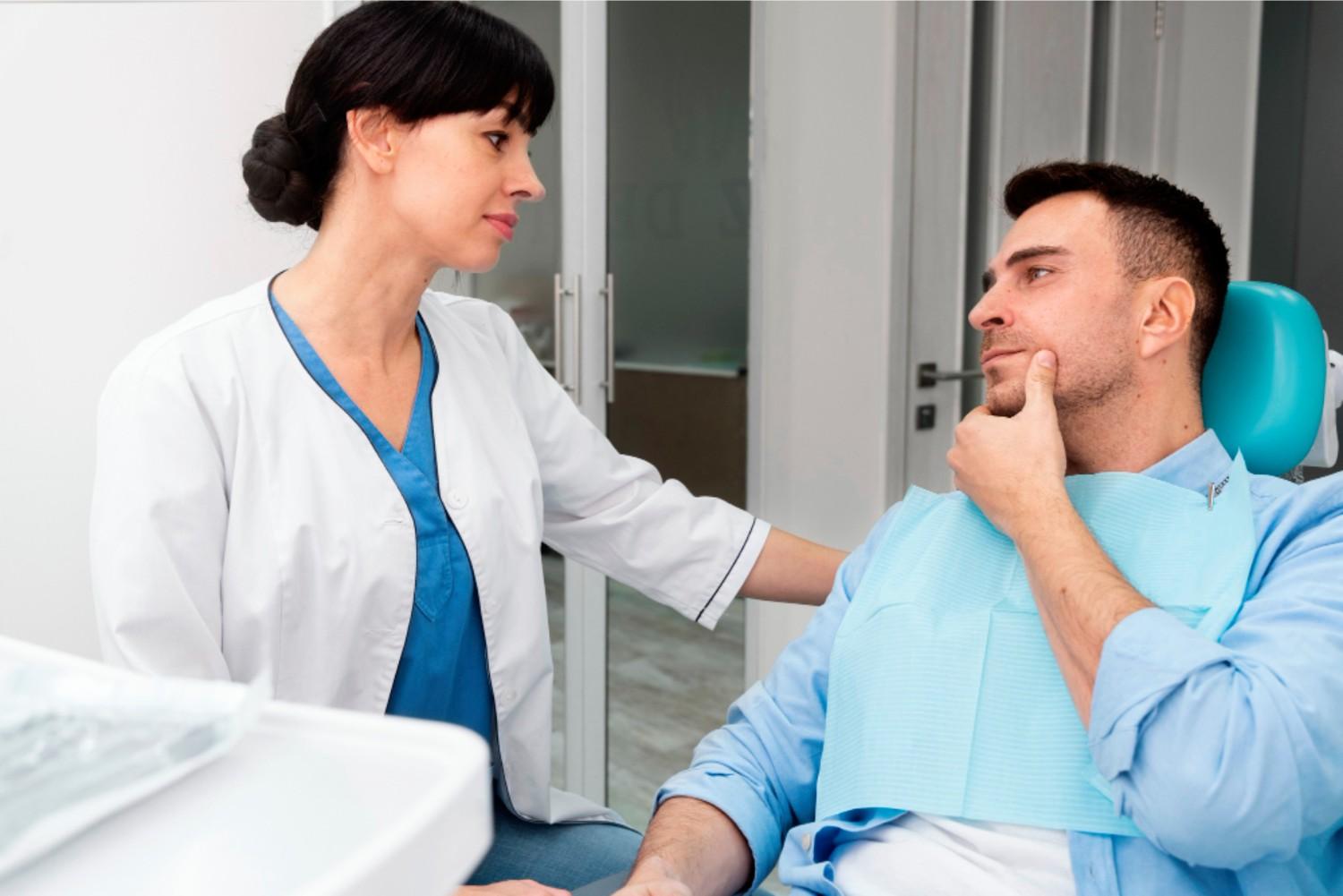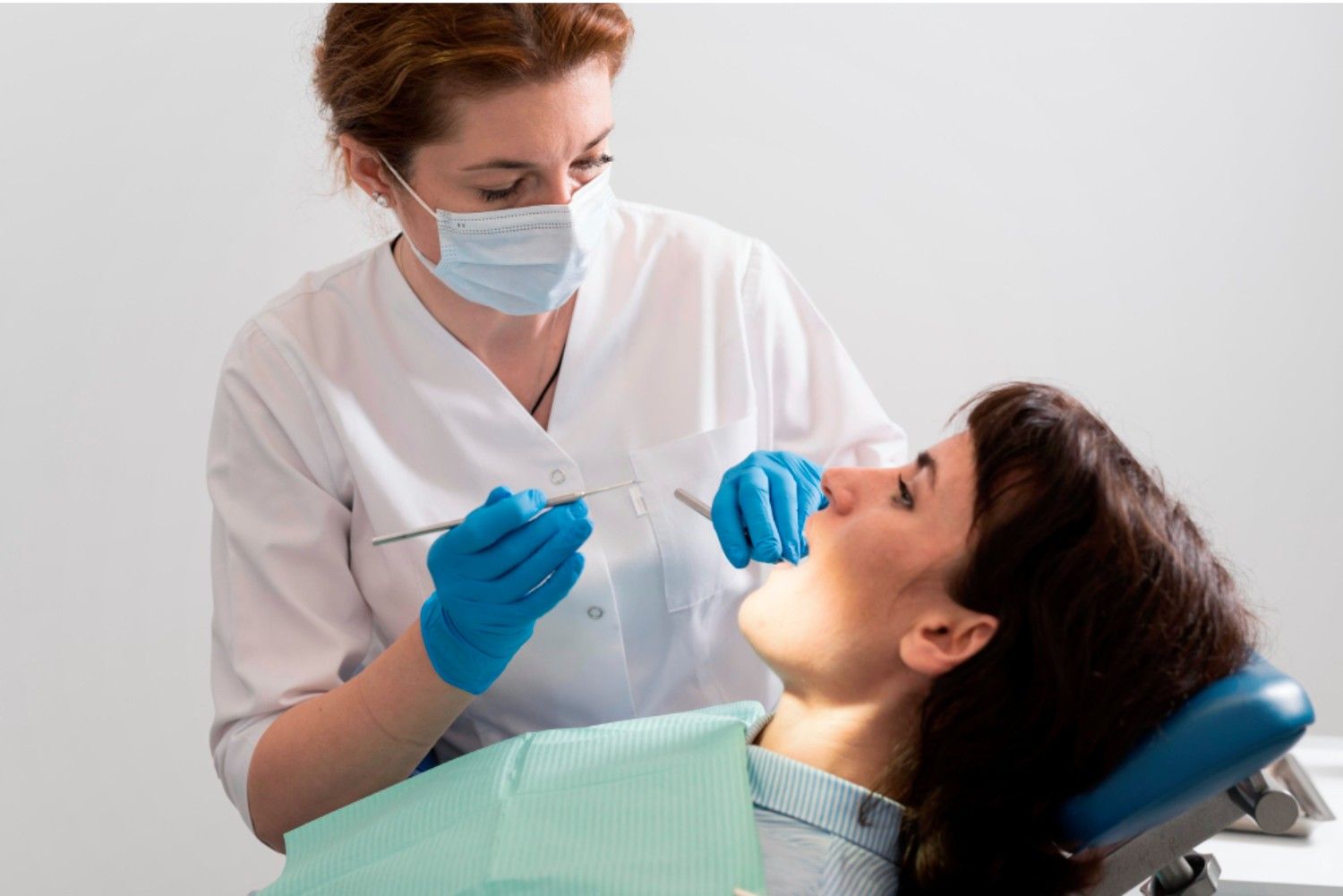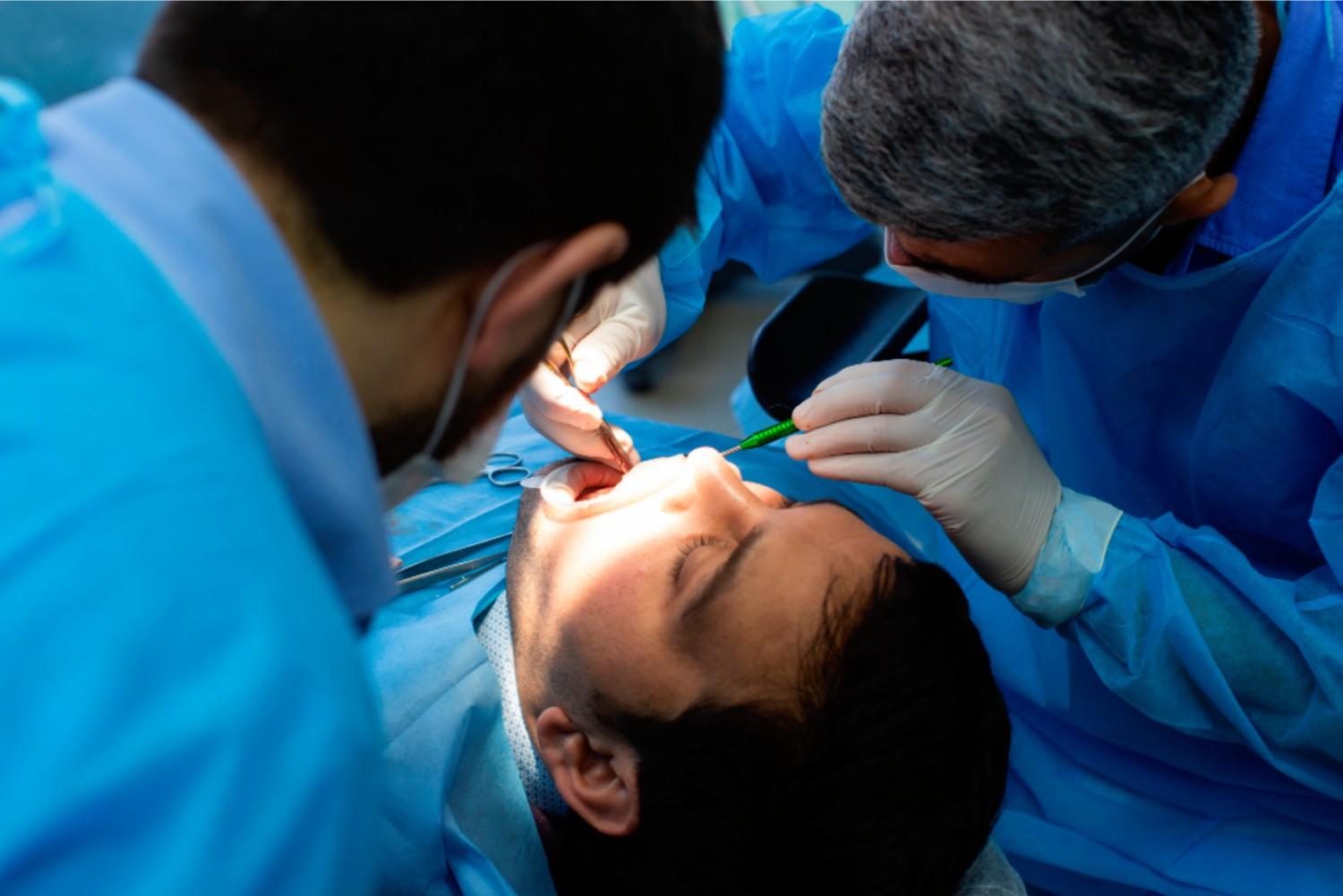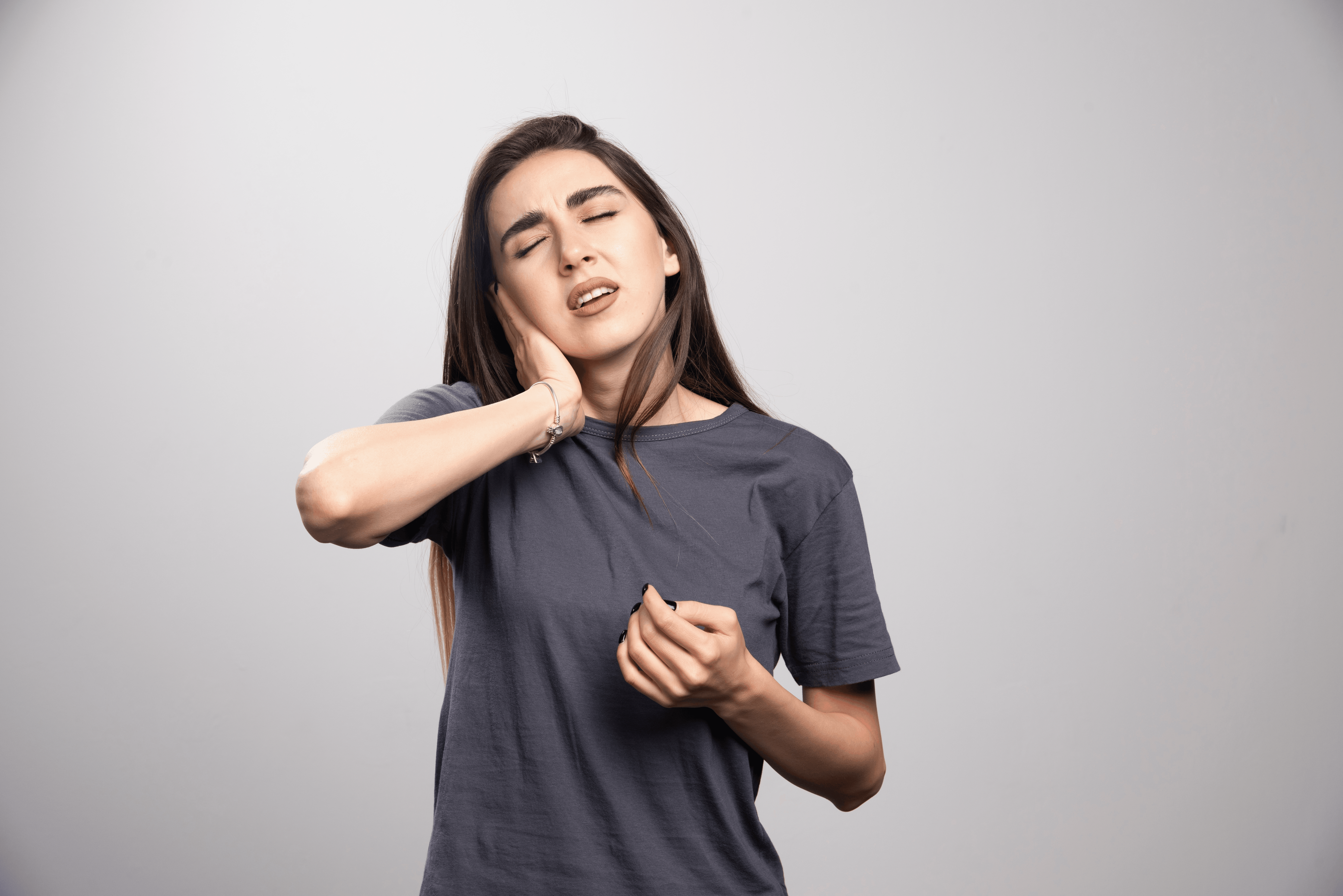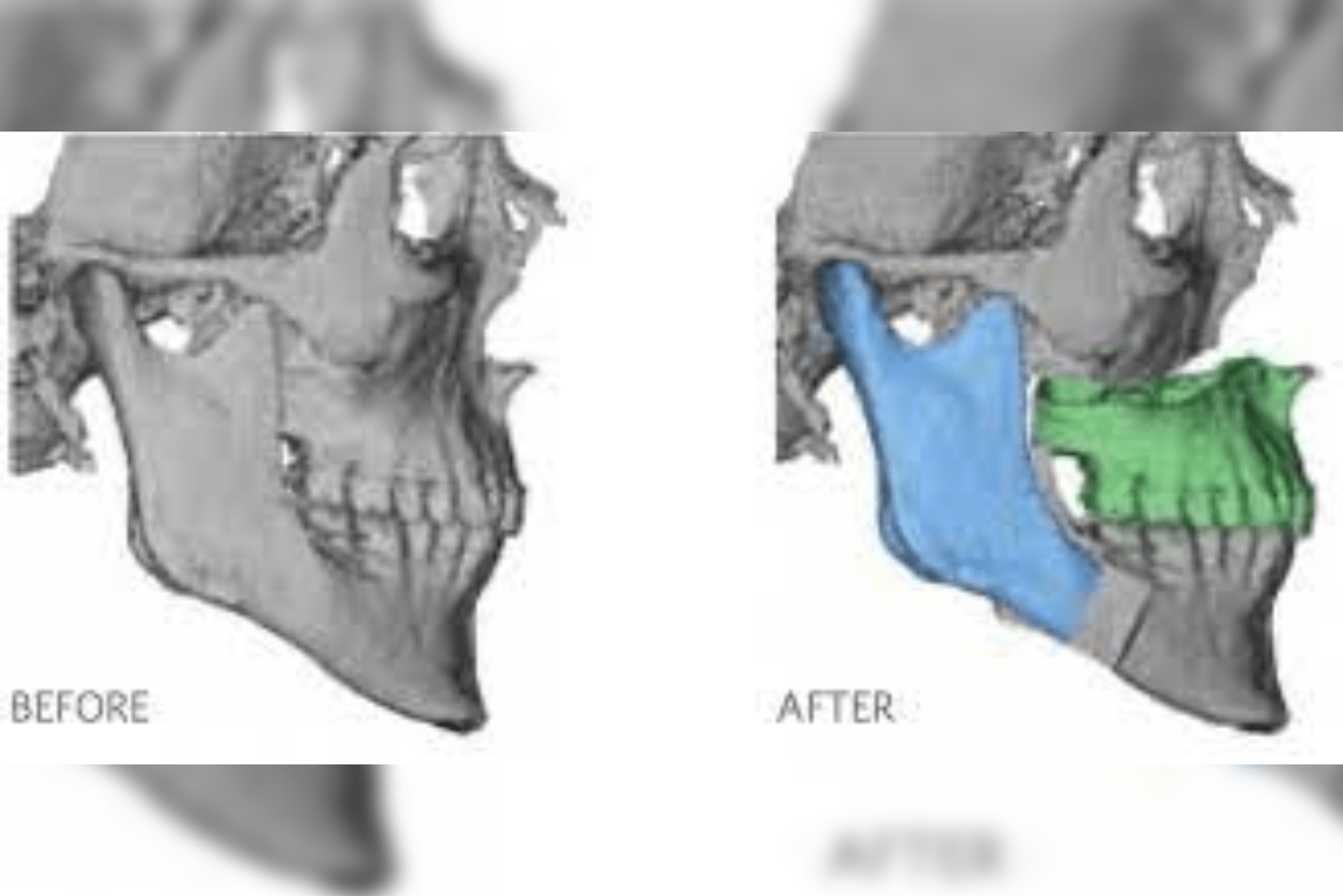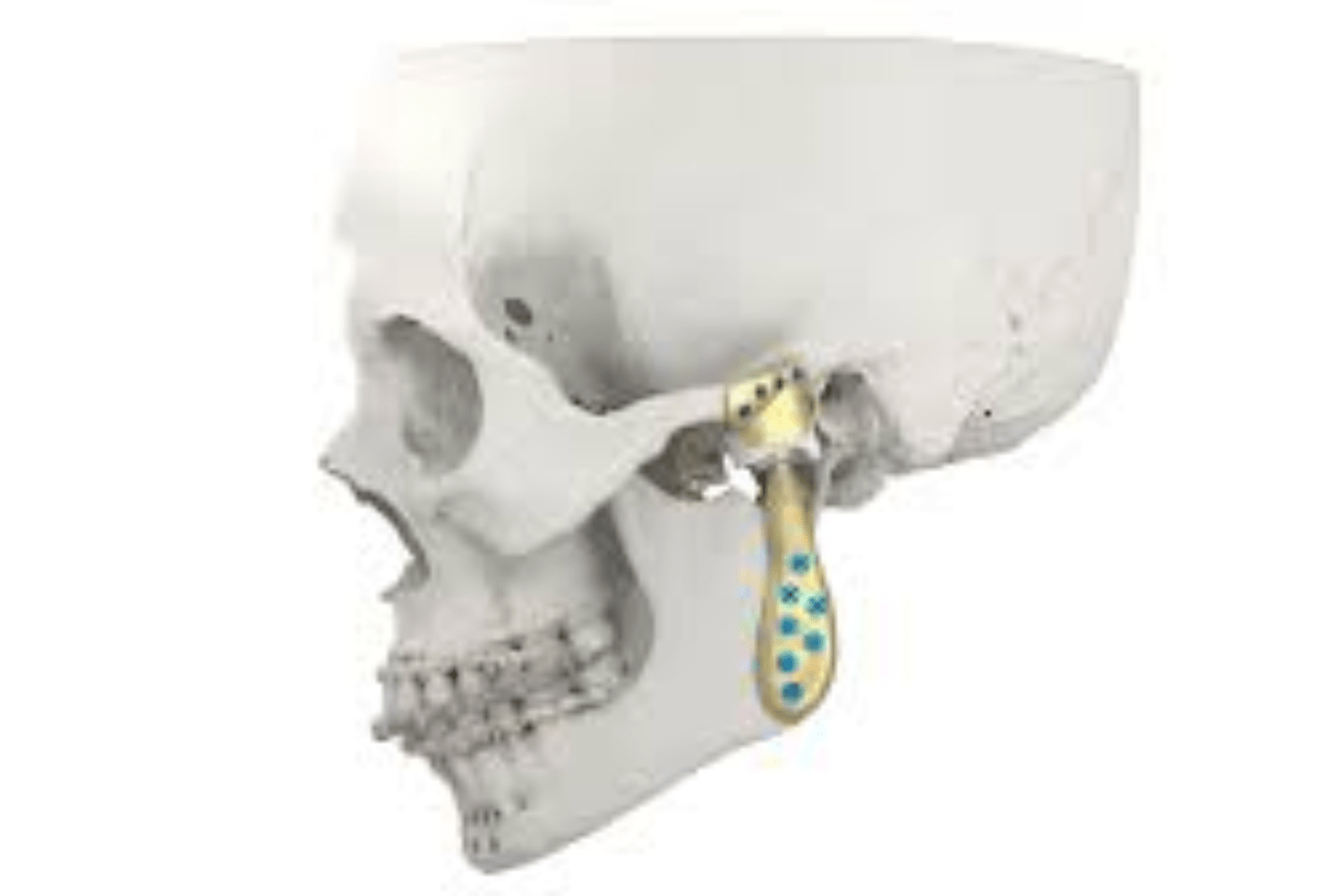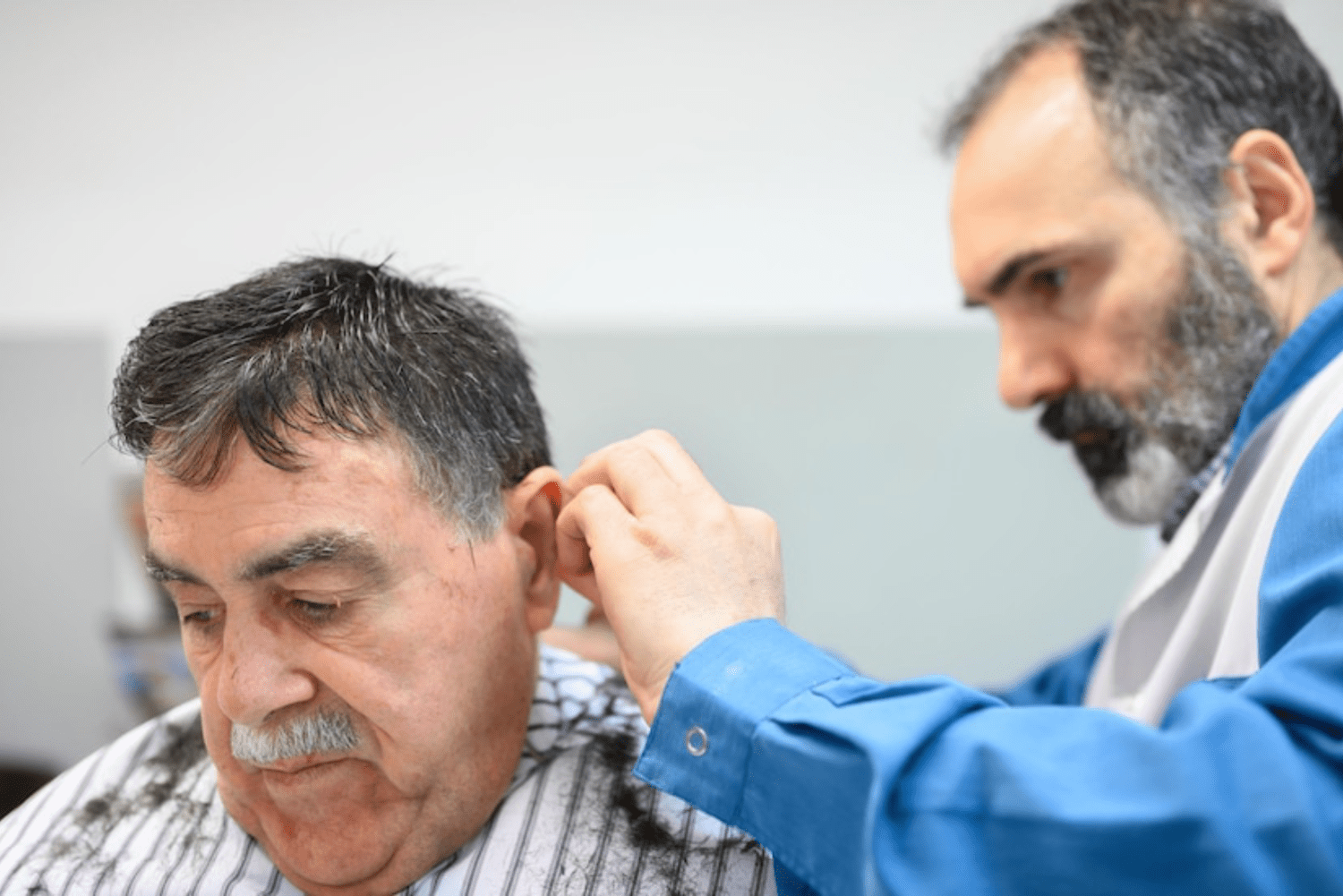Disorders of the temporomandibular joint (TMJ) can cause severe pain and discomfort, making it difficult to eat, speak, or even sleep. As a set of orofacial pain issues, temporomandibular disorders (TMD) are the most prevalent non-dental pain complaint in the maxillofacial region. The diagnosis and treatment of TMD remain difficult because of the etiology’s complexity, and there is still a lack of agreement in many areas.The good news is that non-invasive treatments can effectively manage a large number of TMJ issues. This is a thorough guide of these choices and their potential to relieve TMJ discomfort.
Understanding TMJ Disorders
The movements required for speaking and chewing are made possible by the temporomandibular joint, which joins the jawbone to the skull. Problems with the jaw, jaw joint, and adjacent face muscles are the root cause of TMJ disorders. TMD is complex and involves biological, emotional, cognitive, and environmental elements. It has also been discovered that among females under 30 years old, harmful behaviors like smoking are linked to a higher incidence of TMD. It is well known that inflammatory diseases like synovitis can hurt even while you’re at rest. The International Research Diagnostic Criteria for Temporomandibular Dysfunction classifies a variety of TMJ diseases into two general categories: extra-articular and intra-articular.
Treatment for TMD involves occlusal or anterior repositioning splints, cognitive behavioral therapy, and various physical therapies such as transcutaneous electrical nerve stimulation (TENS), acupuncture, massage therapy, joint mobilization, therapeutic exercises, and surgical management
Common symptoms include:
TMJ disorders can present a variety of symptoms, which can range from mild to severe.
Common symptoms include:
- Jaw Pain or Tenderness: Pain in the jaw joint area, which can radiate to the neck and shoulders.
- Difficulty Chewing: Discomfort or pain while chewing or biting.
- Jaw Locking: The jaw can lock in an open or closed position.
- Clicking or Popping Sounds: Sounds in the jaw joint when opening or closing the mouth.
- Ear Pain: Pain around the ear, possibly accompanied by ringing (tinnitus).
- Facial Pain: Aching pain in and around the face.
- Headaches: Frequent headaches or migraines.
Risk factors for TMD
TMD is complicated and multifaceted. Nonetheless, acquired, inherited, and other variables are the main categories of reasons for this illness. Infections, trauma, tumors, iatrogenic factors (surgery, radiation therapy), habits, and idiopathic variables are among the acquired factors that impact TMD. Hemifacial microsomia, hemifacial atrophy, rheumatoid arthritis (RA), and ankylosis are among the genetic conditions that can cause TMD. In addition, systemic illnesses, immunological issues, stress, improper occlusal contact, muscle spasms, and other causes can all contribute to TMD.
Diagnostic methods for TMD
A clinical examination of the masticatory muscles serves as the foundation for the initial assessment of TMD. Nonetheless, a number of investigations have demonstrated that clinical evaluation is frequently unreliable. Imaging is a crucial diagnostic tool for identifying and interpreting disorders of the TMJ. Computed tomography, magnetic resonance imaging, and arthrography are among the diagnostic imaging modalities for TMD. (MRI). Nowadays, compared to other techniques, simple radiography—such as transcranial, proprietary panoramic imaging, and tomography—is employed more frequently. Panoramic imaging is frequently the first TMJ-specific imaging technique performed when evaluating a patient who has complaints linked to their TMD.
Non-Invasive Treatment Options
The primary objective of treatment is to control, minimize, and get rid of pain. Initially, conservative measures are advised. More than 80% of individuals may experience symptom remission with conservative treatment.There are numerous non-surgical treatment options available, and they often require the collaboration of a multidisciplinary team comprising multiple specialist practitioners.
- Medications (Pharmacotherapy)
The initial management of TMD may include various medications, such as analgesics, non-steroidal anti-inflammatory drugs (NSAIDs), anxiolytics, and anti-depressants.
- Over-the-Counter Painkillers: By lowering fatigue, overload, and the release of inflammatory components in the masticatory muscles and the TMJ, non-steroidal anti-inflammatory drug (NSAID) use may reduce peripheral sensitivity and provide pain relief. NSAIDs come in a variety of forms, including ibuprofen (400–800 mg on a daily average), diclofenac sodium, and meloxicam (7.5–15 mg on a daily average).
- Muscle relaxants: For myofascial pain in TMD, muscle relaxants are administered. As a muscle relaxant for TMD, cyclobenzaprine is frequently recommended. It works on 5-HT2 receptors to block descending serotonergic pathways in the spinal cord. Releasing the suppressive tonic flow of nerve impulses, which are subsequently conveyed to voluntary muscles, is how most muscle relaxants work systematically in the central nervous system to reduce pain. Benzodiazepines and cyclobenzaprine, are the most commonly prescribed muscle relaxants which act by reducing muscle hyperactivity and relieving muscle-related symptoms.
- Antidepressant Drugs: For the treatment of TMD, tricyclic antidepressants such as nortriptyline and amitriptyline are frequently utilized. They work well to ease tense muscles and chronic pain. Nonetheless, they are typically prescribed at modest doses because of potential adverse effects such as weight gain, dry mouth, and sleepiness.
Physical Therapy
A physical therapist can create a customized treatment plan for you that includes jaw muscle strengthening and stretching exercises, posture correction, and increased mobility. Additionally, methods like cold packs, moist heat, low level laser therapy and ultrasound might be used to reduce discomfort.
Behavioral Therapies
For TMD symptoms, cognitive behavioral therapy has the potential to be a long-term, beneficial treatment. Patients should receive the appropriate instruction regarding stress, sleep difficulties, and parafunctional habits. Long-term, behavioral adjustments and lifestyle adjustments have shown promise.
- Stress-Reduction Strategies: Activities like yoga, meditation, and mindfulness can help ease tension and stress, which can worsen TMJ symptoms.
- Cognitive behavioral therapy (CBT): Patients with TMJ issues can use CBT to recognize and alter problematic thought patterns and behaviors.
Dental Splints and Mouthguards
Occlusal splints are removable artificial occlusal surfaces that affect the relationship of the mandible to the maxilla and are used for diagnosis or therapy. The use of splints is thought to diminish the degenerative forces placed on the TMJ, articular disk, and dentition. Especially at night, custom-made splints or mouthguards can assist reduce clenching and grinding of the jaw, which helps relieve symptoms of TMJ. These tools can also assist in realigning the jaw to release tension on the TMJ.
Acupuncture
Acupuncture for TMD is a time-tested method for achieving TMJ pain relief. By addressing the root causes of TMJ disorders, acupuncture therapy can result in significant reductions in pain, inflammation, and muscle tension. Regular acupuncture sessions can help maintain these benefits and prevent further aggravation of your TMJ condition. Thin needles are inserted into predetermined bodily locations during the ancient Chinese therapy of acupuncture. By encouraging relaxation and lowering muscle tension, it can aid in the relief of TMJ pain and enhance jaw function.
Dietary modification
By lessening jaw tension and encouraging healing, dietary modifications can be very helpful in controlling the symptoms of TMD. Soft meals are better for you than hard, chewy foods, and you can reduce pain and enhance your quality of life by making thoughtful eating choices. Always seek advice from a medical expert or a dietician to make sure your diet satisfies your nutritional requirements while treating treatment-resistant myopia.
Lifestyle modifications
- Jaw Rest: Steer clear of activities that put stress on the jaw, like chewing gum, eating tough meals, or yawning excessively.
- Heat and Cold Therapy: While a cold pack can minimize swelling and numb discomfort, a warm compress helps relax the muscles.
- Jaw Exercises: A healthcare professional’s recommended mild stretching and strengthening exercises help ease stress and increase jaw mobility.
When to Get Assistance
It’s imperative to get expert assistance if:
- Unusual severity of jaw discomfort and flare-ups of TMJ.
- If you start to have limited jaw movement.
- When routine tasks like yawning and chewing cause jaw pain.
- If you have headaches or neck pain from clenching or grinding your teeth.
- If your jaw cannot be fully opened or closed.
- Following an injury involving a hit to the jaw.
- When whiplash starts to give you headaches after a fall, a vehicle accident, or an injury sustained in sports.
A medical professional can provide a thorough assessment and suggest suitable interventions that are customized to meet each patient’s needs.
Assessing the Effects of Non-surgical Therapy
Fortunately, non-surgical therapy works well for the majority of TMD sufferers. We observe three possible therapeutic pathways:
- Steady progress over time until the patient no longer has any symptoms.
- Improvement until the point at which the symptoms stay constant, or plateau.
- No symptoms worsen or change over time.
Conclusion
Non-invasive treatments for TMJ disorders offer a variety of effective strategies to manage pain and improve jaw function without the need for surgery. By integrating self-care practices, medications, physical therapy, dental appliances, behavioral therapies, acupuncture, and dietary modifications, individuals can find substantial relief from their symptoms. These approaches not only address the immediate discomfort but also promote long-term health and functionality of the jaw. Always consult with a healthcare professional to tailor a treatment plan that best suits your specific needs, ensuring a comprehensive and effective approach to managing TMJ disorders.

